Leopards are among the most versatile and adaptable big cats, known for their remarkable hunting tactics that distinguish them from other predators. Their survival spans across various terrains, from African savannas to Asian forests. Understanding the unique hunting strategies of these solitary hunters offers insights into their behavior and ecological role.
Stealth and Camouflage: Masters of Disguise
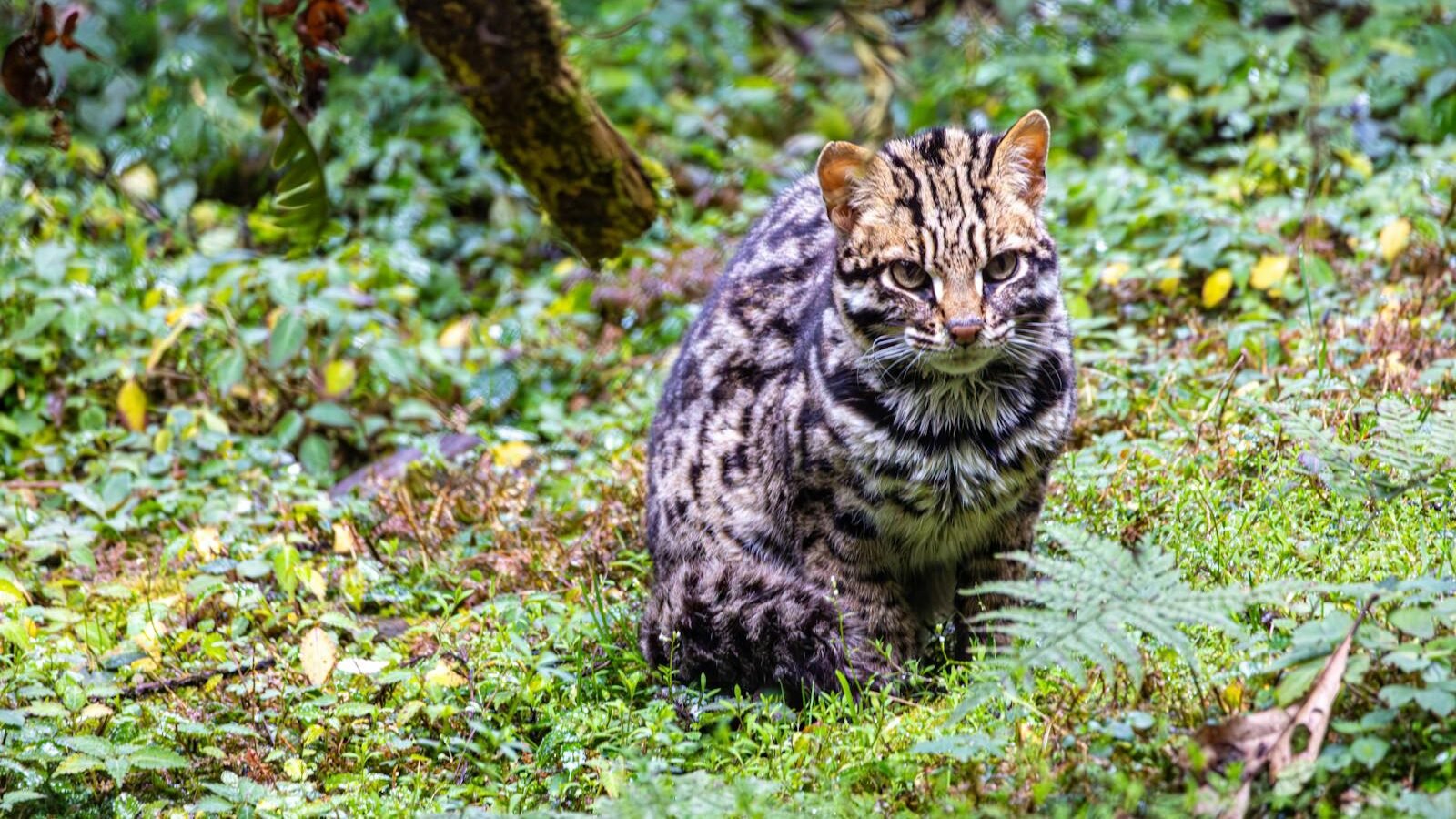
Photo by Regan Dsouza via Pexels
Leopards excel at blending into their surroundings, thanks to their spotted coats that mimic the dappled patterns of light and shadow. This natural camouflage allows them to stalk prey silently, reducing the risk of detection. Their ability to remain hidden until the last moment is crucial for a successful hunt.
Ambush Predators: The Art of Surprise

Unlike cheetahs, leopards rely on ambush rather than speed. They often lie in wait, utilizing natural cover to approach prey undetected. Once within striking distance, they unleash a quick and powerful attack, aiming to subdue their target swiftly. This method conserves energy and minimizes the risk of a long chase.
Versatile Diet: Adaptation to Available Prey
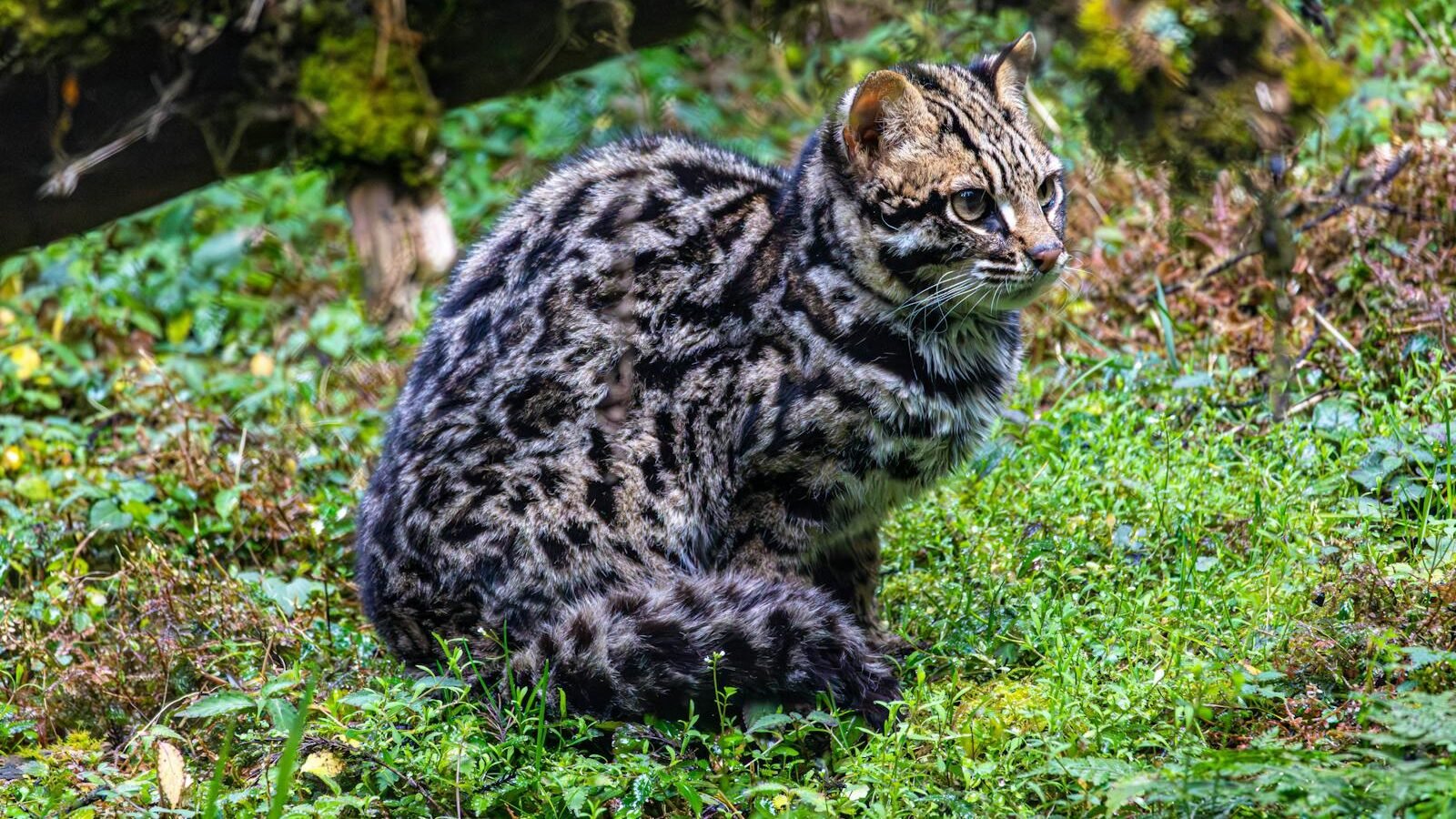
Leopards boast a broad diet reflecting their adaptability to different environments. They hunt mammals, birds, reptiles, and even insects when necessary. This dietary flexibility allows them to thrive in diverse ecosystems, from dense forests to urban outskirts.
Nocturnal Hunters: The Cover of Darkness
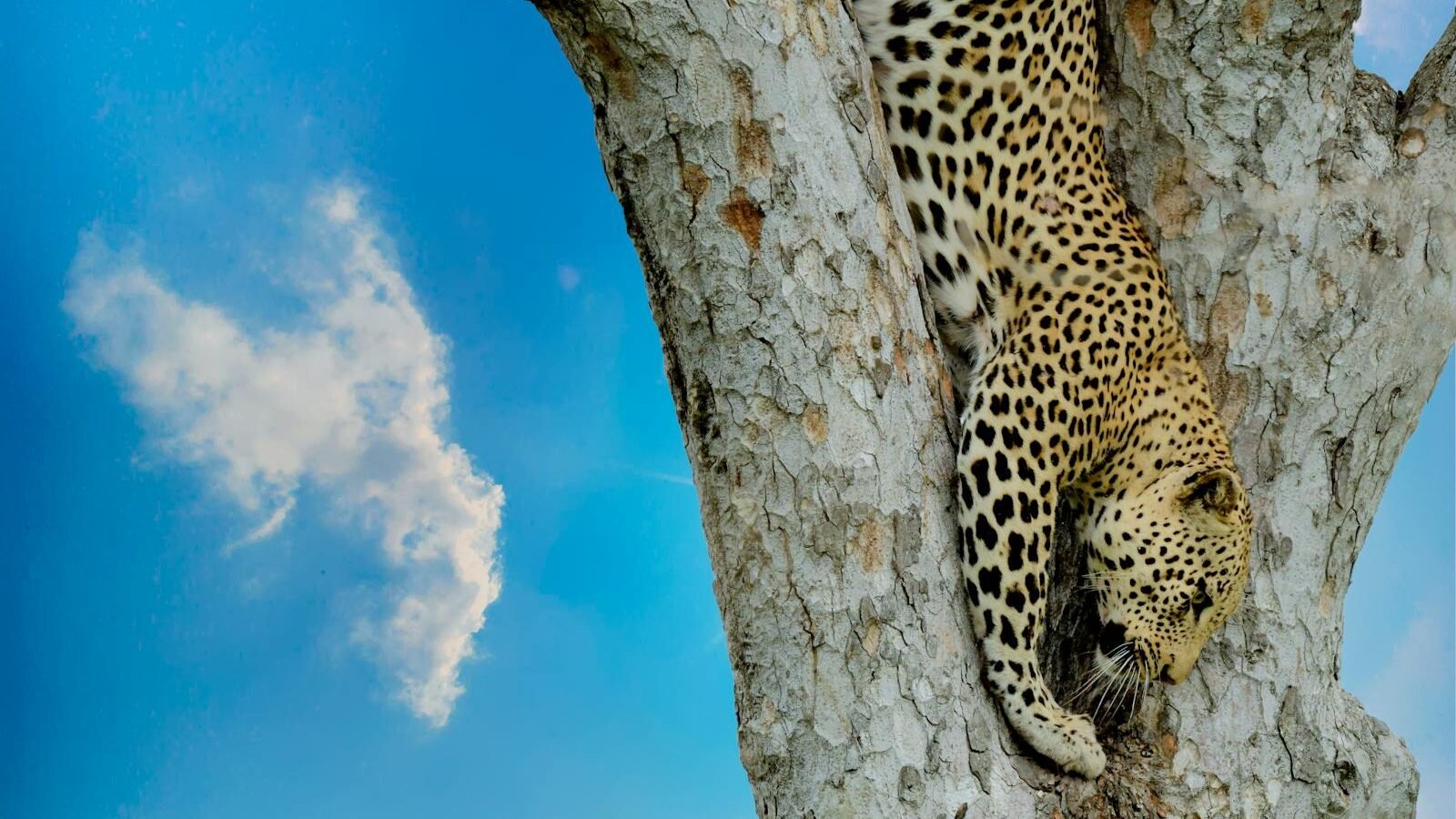
Leopards are predominantly nocturnal, using the cover of darkness to gain an advantage over prey with poorer night vision. Their keen senses enhance their ability to detect prey movements, while the darkness provides additional camouflage for their stealthy approach.
Strong Jaws and Sharp Claws: Tools of the Hunt
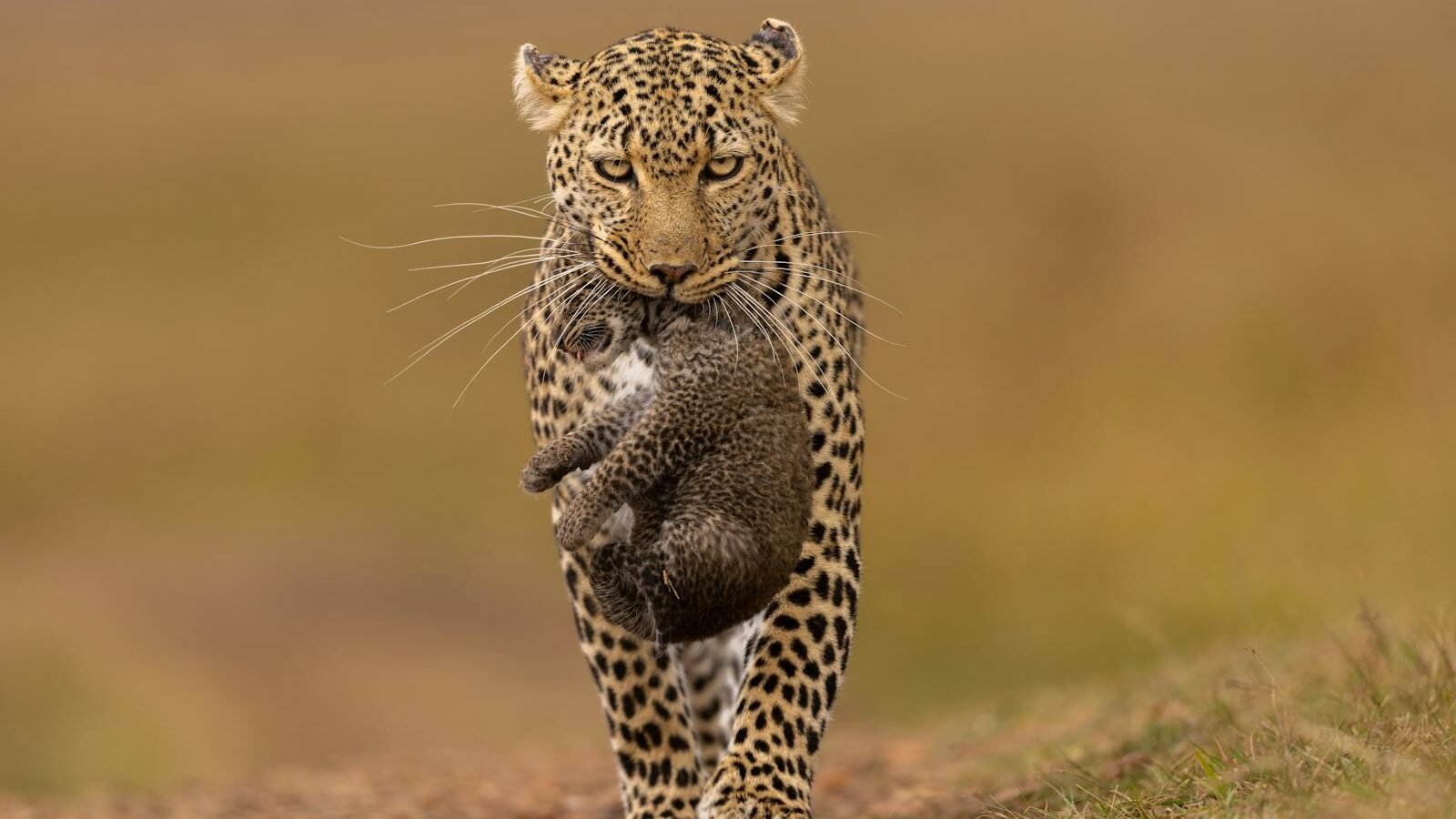
Equipped with powerful jaws and sharp claws, leopards are capable of delivering fatal bites to their prey. Typically, a leopard aims for the throat of its target to suffocate or sever vital arteries, ensuring a quick kill. Their claws provide both grip and weaponry, essential for subduing larger prey.
Tree-Climbing Experts: Taking the Hunt to New Heights

Leopards are exceptional climbers, often dragging their kills up trees to avoid scavengers like hyenas. This unique behavior not only protects their food supply but also gives them a vantage point to spot potential threats or additional prey. Trees offer leopards the perfect blend of safety and opportunity.
Solitary Stalkers: The Lone Hunter
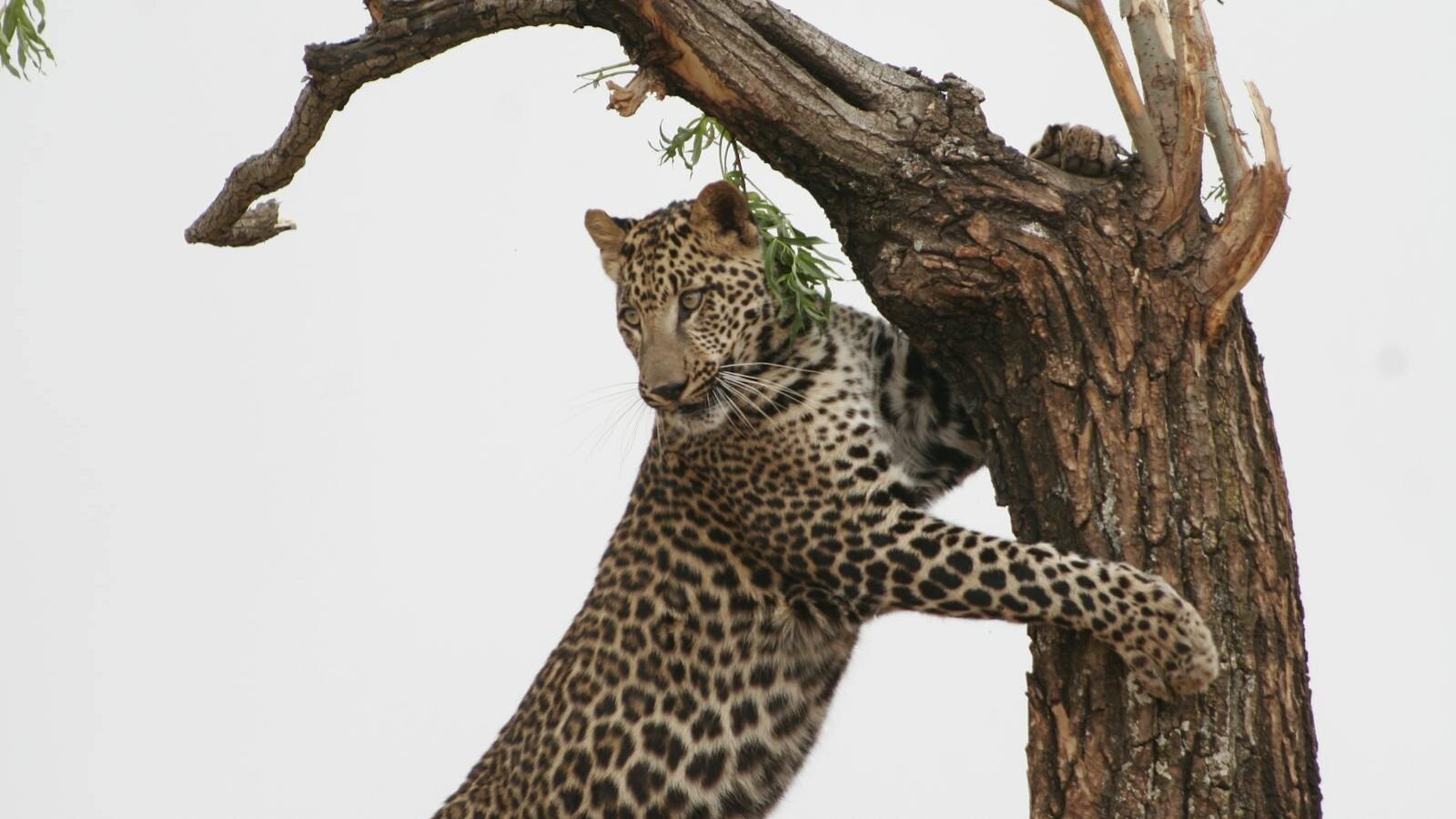
Unlike lions, leopards usually hunt alone, relying on their skills rather than group coordination. This solitary lifestyle requires immense independence and confidence, as each leopard must perfect its hunting techniques to sustain itself. This solitary nature also reduces competition for resources.
Adaptive Strategies: Seasonal and Regional Variations

Leopards adapt their hunting tactics based on the season and availability of prey. In some regions, they may favor smaller prey when larger animals migrate or become scarce. During wetter seasons, they exploit opportunities in areas where prey might gather, such as waterholes or floodplains.
Human Interactions: Challenges and Conservation

Human encroachment and habitat loss pose significant threats to leopard populations. As their natural habitats shrink, leopards often venture into human settlements in search of food, leading to conflicts. Understanding their hunting behavior is crucial for developing conservation strategies that ensure their survival while mitigating human-leopard conflicts.
Conclusion: The Resilience of a Stealthy Predator
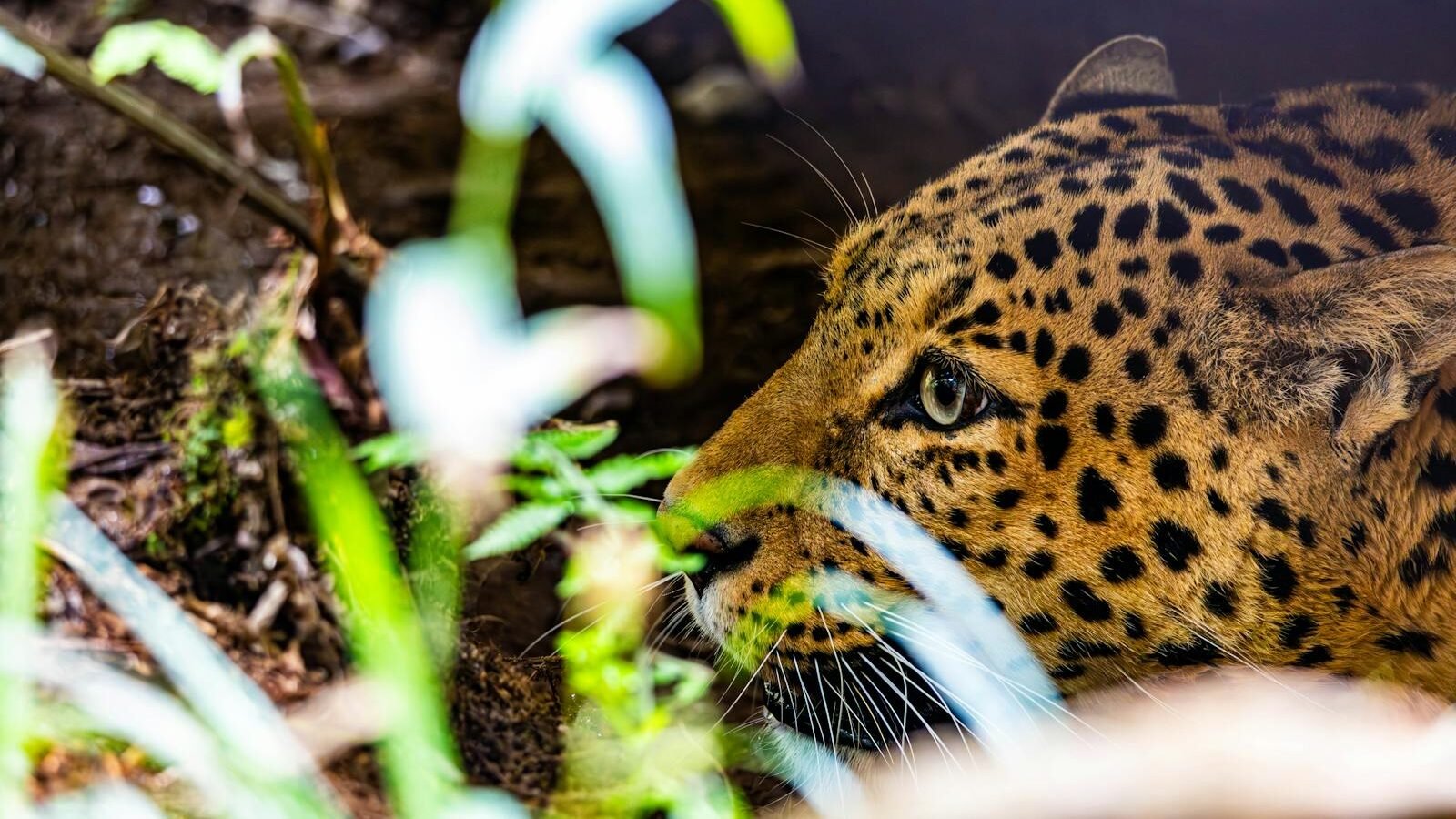
Leopards embody the traits of a perfect predator, blending stealth, adaptability, and strength. Their unique hunting strategies highlight their role as apex predators in their ecosystems. By studying and preserving these magnificent animals, we can maintain the ecological balance and appreciate the intricacies of nature’s design.

With over a decade of experience as a dedicated cat lover and enthusiast, I specialize in writing captivating content about all things feline. My expertise shines through in creating engaging and informative pieces that resonate with fellow cat lovers. As a proud cat parent to my beloved Duston, my personal connection to the world of cats adds authenticity and warmth to my work, making it relatable and heartfelt.






